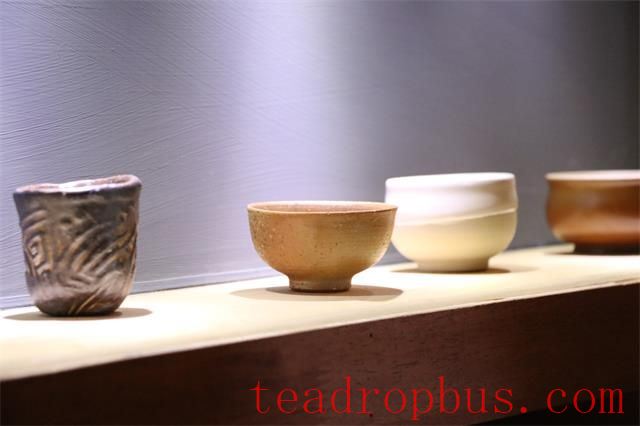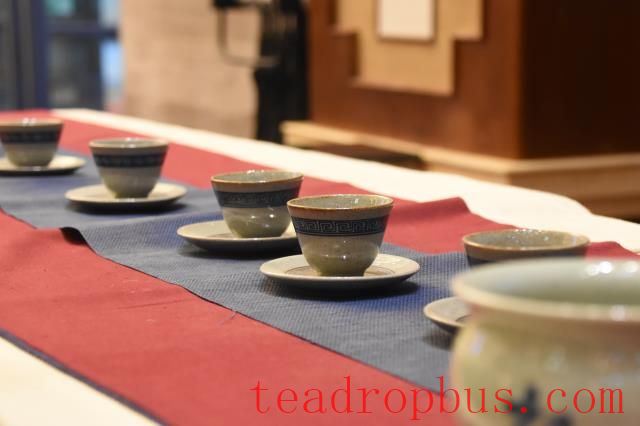The Chinese Ceramic art and Tea were transmitted to foreign countries at the same time, but changes occurred in both the outward “form” and the cultural “essence” of the tea wares.
Today we share with you content from Chapter Five of Tea Fun with Variegated Colors: The Dissemination of Chinese Tea Abroad and Foreign Tea Affairs, written by Yu Yue and published by Guangming Daily Press in August 1999.
The manufacture of British tea wares began around 1672. Fulham potter Garwet imitated the high-fired red tea pots of Yixing, China, and created Britain's earliest tea pot. Soon after, Lambeth in South London produced tin-glazed “faience” tea pots. By the end of the 17th century, Lambeth, Bristol, and Liverpool had all begun imitating the exquisite tea cups and pots of Delft. British production of “faience” continued until the late 18th century when it was replaced by local cream-colored earthenware.

Around 1690, the renowned Dutch potter Eley, based in Staffordshire, made salt-glazed tea wares. These were made from sand clay, and salt was thrown into the kiln during glazing. Chen Deli, who had previously collaborated with Garwet in Fulham, assisted Eley in making red tea pots.
From 1740 to 1780, Staffordshire potter Wiltan established a factory in Little Fenton, producing tea wares. The tea pots he made are highly regarded by some modern art museums which actively seek them out.

Josiah Wedgwood (1730-1795) manufactured cream-colored tea pots and cups, with the most exquisite being those from the “Queen's Ware.” He also created “jasper ware,” which had an unglazed base and came in colors such as blue, green, and black, with white classical-style decorations. Most of the designs for the tea pots and cups imitated Greek and Roman gems and vases. He also made a type of black earthenware that was not glazed, achieving significant artistic success.
From 1750 to 1755, both Bristol and Plymouth set up porcelain factories to imitate the genuine Chinese porcelain. While the glazed products were lustrous, they lacked character.
Around 1780, the city of Coalport in Shropshire began imitating the famous Chinese white-on-blue willow pattern faience. Various factories in Staffordshire also engaged in this imitation.
Related Reading
New Changes in Tea Ware Culture (Part One)